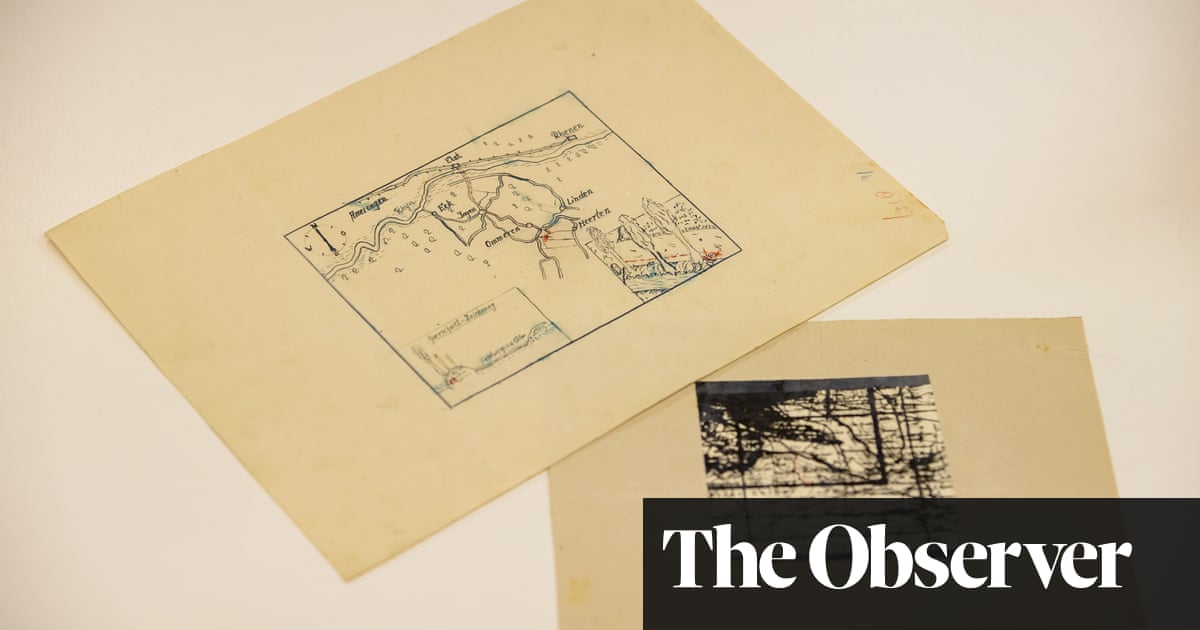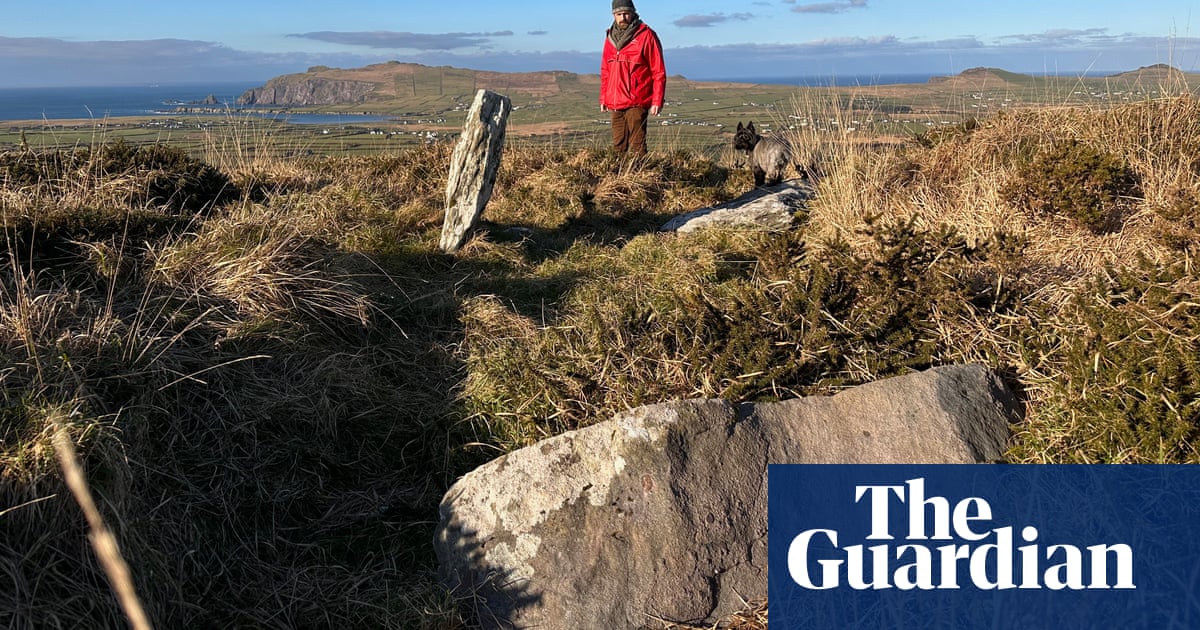
An amateur detectorist has described how he unearthed a bronze age hoard, including a rare sword, after getting lost during a treasure hunters’ rally.
John Belgrave, 60, became separated from the main group of detectorists and headed to higher ground to try to spot them when he made what he has called the find of a lifetime.
His device activated as he walked along and when he dug down he uncovered a rapier sword dating back to the middle bronze age.
The 61cm (2ft) rapier had been deliberately broken into three pieces and placed in the ground alongside the remains of a wealthy landowner.
Unusually, the hilt, though cast in bronze, was shaped to mimic a wooden handle. Only two similar rapiers have been found in Britain before and they were incomplete.
As well as the rapier, a palstave axe head and a decorative arm bangle were found, presumably buried as an offering.
Dorset Museum and Art Gallery raised £17,000 to buy the objects, with the proceeds shared between Belgrave and the landowner.
Belgrave, a retired pensions consultant from Purley, Surrey, made his find in the village of Stalbridge, near Sherborne, Dorset, in 2020.
He paid £20 to go on the rally on private farmland but became separated from the group.
Belgrave said: “There was a group of between 40-50 detectorists there and they had searched the land before but they were excited because some new land had been opened up for the rally.
“I tagged along and didn’t know anyone there. Somehow I got left behind and lost and so I walked to high ground in a field and that is when I got a strong signal for this find of a lifetime.
“It was clear there was metal there but I thought it would just be an old can or something. I dug about eight inches down and found an odd-shaped object that was caked in clay.
“I didn’t know what it was at the time but it turned out to be a solid hilt of a sword, an exceptional item.”
He then found the two broken sections of the blade along with the axe head and the bangle.
Belgrave said: “I knew when I saw the axe head that it was a bronze age hoard. My head was in a spin. The blade of the sword was still sharp. The view of the British Museum is that it was deliberately broken and deposited in the ground as part of a ritual burial and offering.”
Elizabeth Selby, director of collections at Dorset Museum, said: “This hoard is incredibly special. The rapier sword is really unusual because of the cast bronze handle. The bracelet decoration was quite unusual as well.
“There aren’t really any comparable objects like the rapier, so to be able to acquire these items is really important for us.
“Finds like this tell us about how people were travelling, meeting and exchanging ideas with others on the continent in the centuries before the Roman invasion.
“There was a farming community there and these people generated enough wealth to be able to barter for or exchange objects that others had made.”












